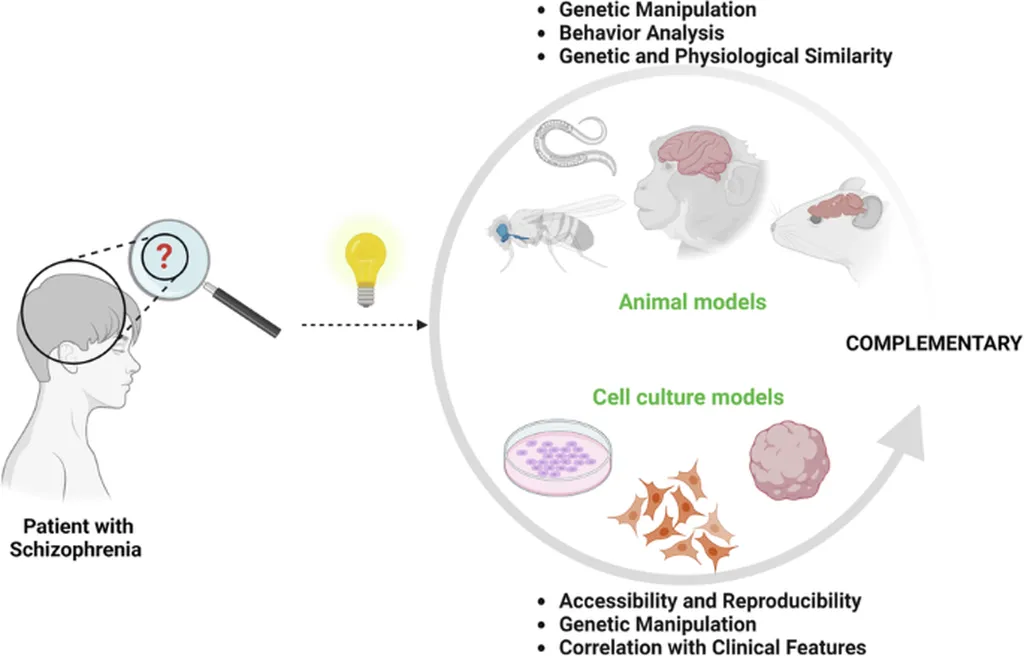In a groundbreaking development poised to revolutionize drug discovery and neuroscience research, scientists have introduced a non-invasive, high-resolution imaging technique to study the intricate structures of human brain organoids. This innovation, detailed in a recent study published in *Materials Today Advances* (translated as “Advances in Materials Today”), harnesses the power of high-frequency Scanning Acoustic Microscopy (SAM) to provide unprecedented insights into the microstructural variations within these tiny, lab-grown brain-like structures.
At the helm of this research is Anowarul Habib, a physicist from the Department of Physics and Technology at UiT The Arctic University of Norway. Habib and his team employed SAM with 40 MHz and 60 MHz transducers to image intact human brain organoids, offering a window into their complex architectures without the need for invasive procedures. “This method allows us to see the subtle differences in tissue structure that were previously invisible,” Habib explained, highlighting the significance of their approach.
The study’s findings reveal that by analyzing the statistical distribution of the scattering amplitude using the Rayleigh and Nakagami models, researchers can infer tissue heterogeneity with remarkable precision. The Nakagami distribution, with its additional shape parameter, proved particularly adept at capturing microstructural nuances. “The Nakagami distribution provided a better fit to our experimental data, allowing us to distinguish between uniform neuroproliferative zones and more heterogeneous differentiated regions,” Habib noted.
This breakthrough holds profound implications for the energy sector, particularly in the realm of drug discovery and development. By enabling a more detailed and quantitative assessment of brain organoid architecture, this technique could accelerate the evaluation of tissue responses to various compounds, ultimately streamlining the preclinical drug development process. “Our method offers a non-invasive and quantitative way to examine brain organoid architecture, which can facilitate enhanced evaluation of tissue response in preclinical drug development,” Habib stated.
Moreover, the ability to study tissue growth and disease progression with such precision could open new avenues for understanding neurological disorders and developing targeted therapies. The commercial impacts of this research are vast, with potential applications ranging from pharmaceutical development to advanced biomedical research.
As the scientific community continues to explore the capabilities of this innovative imaging technique, the future of neuroscience and drug discovery looks brighter than ever. With the publication of this study in *Materials Today Advances*, the stage is set for further advancements in the field, promising a deeper understanding of the human brain and the development of more effective treatments for neurological conditions.

